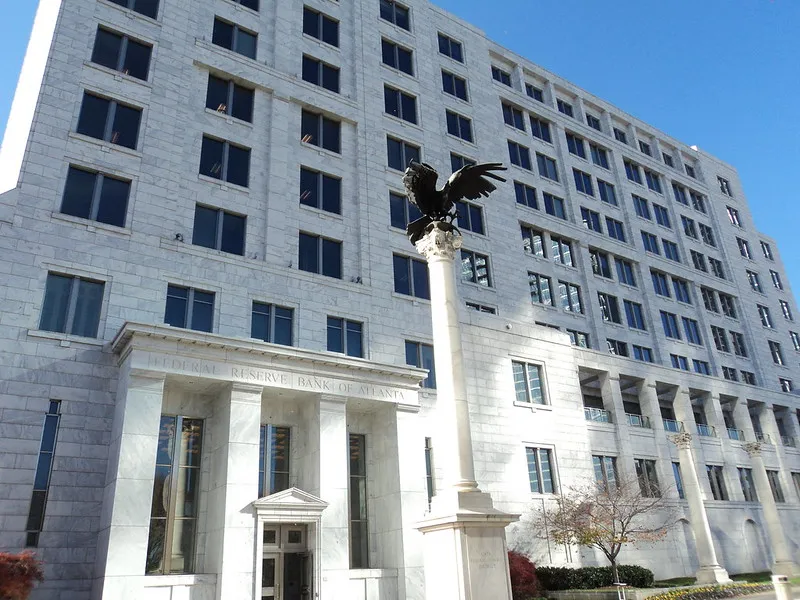The Federal Reserve of Atlanta has published a study which estimates that $13 trillion are created by offshore banks not headquartered in the U.S. The study, albeit incomplete on the real dimension of the speculative bubble, points the finger at the problem of money-creation by private interests outside of U.S. sovereign control, and the role of London in initiating it.
“Banks headquartered outside the United States need to roll over maturing dollar obligations on a $16 trillion stock of deposits and bonds.... About $3 trillion of these obligations are booked at branches and subsidiaries in the United States. In principle, these foreign bank affiliates in the United States have access to dollar funding at time of need from the Fed’s discount window. But banks headquartered outside the United States have another $13 trillion in dollar obligations booked outside the United States. The Fed’s discount window does not provide a direct backstop to these liabilities.
“On top of these outright debts are large stocks of off-balance sheet obligations to pay dollars arising from FX swaps and forwards and longer-term currency swaps. In an FX swap, one counterparty borrows dollars against the collateral of an equivalent amount of another currency. For instance, a Dutch pension fund or a Japanese life insurer may borrow dollars and lend euros or yen in the ‘spot leg’ and later repay the dollars in the ‘forward leg.’ A dollar bond bought with the dollars is thereby hedged back into euro or yen. An investor who seeks to avoid the risk of the dollar must borrow dollars….







